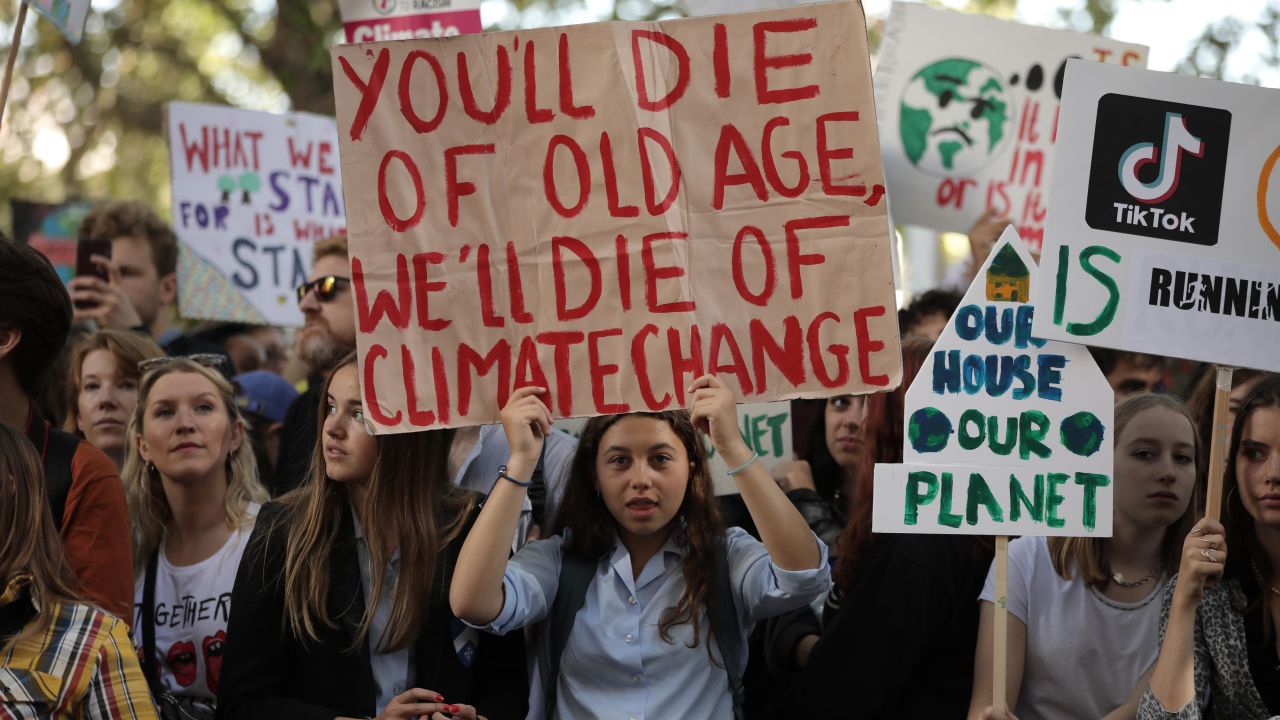By Keyon Gardner | Published March 4, 2023

Temperatures today have risen beyond normal for the past decade and can be deemed the most unprecedented change ever in human history. Scientists have been able to retrieve temperature data from marine sediments and computer simulations of climate change that can reconstruct surface temperatures of the past.
Kean’s Department of Environment and Sustainability Sciences (DESS) created a Coastal Team to study and propose solutions to challenges stemming from climate change.
This proposal goes hand in hand with Kean’s mission as an urban research University. Students at Kean Union are working on a project in Keyport, Raritan Bay, and Monmouth County to find solutions to the effects that the earth faces from climate change.
A study led by the University of Arizona and the University of Washington co-authors Matthew Osman, Gregory Hakim, and Robert Tardiff has developed and used a technique for reconstructing temperatures in the last 24 thousand years. Reports from this study verify that the major driving impact of climate change is the rise in greenhouse gas concentrations and melting ice sheets.
“This reconstruction suggests that current temperatures are unprecedented in 24,000 years, and also suggests that the speed of human-caused global warming is faster than anything we’ve seen in that same time,” Jessica Tierney, author and associate professor at the University of Arizona said.
Kean’s Assistant Professor Jun Cheng, Ph.D. from the Department of Environmental & Sustainability Sciences is currently leading the research that is tackling the problems associated with coastal erosion on Union and Keyport beaches.
Cheng’s expertise in sediment dynamics and coastal geology works hand in hand with helping the coastal team at Kean University mitigate beach erosion.

“My specific goal is to protect our shores and to come up with the best solution to shore protection,” Cheng said.
The University has given the coastal team a handful of tools and equipment to help solve this problem.
“Students are getting a lot of on-field experience and use of equipment to help prepare them for coastal protection jobs,” Cheng said.
While these changes are happening at an unparalleled rate, multiple actions to reverse the effects of climate change and studies of these effects have habitually been brought into place.
Humans live in a world that is constantly ever-changing. Global temperatures are on the brink and sea levels are continuously rising as the ocean is getting warmer.
Ice glaciers are melting and ocean acidification is steadily increasing. With that, it seems almost impossible to keep up with the frequent disasters that are happening all around the world.
Nature plays a significant part in these disasters but humans are the driving force that enables these almost catastrophic events to happen at such a fast rate.
Until Humans realize that the garbage thrown out miscellaneously in the streets is floating around in our city lakes or when air pollution is causing respiratory problems in Elderly folks due to burning fossil fuels.
Underestimating the flaws of human activity is a recurring problem that large billion-dollar companies are managing. .
Cheng believes that by getting familiar with the coastal settings in our area that students will have a chance to get a job on coastal protection sites, as well as the sea levels along the east coast shorelines rising at a faster rate than any other place in the country.
“Keyport is very vulnerable to the northeast wind, and that is due to the big fetch that coastal towns have and it can generate big waves and on top of that sea levels are rising so with that, it causes erosion issues and infrastructure damage,” Cheng explained.
Student Dallas Ragusa, who is a Sophomore at Kean majoring in Earth Science Education joined professor Cheng on Feb.22 Wednesday afternoon in Keyport to perform a site survey.

Ragusas and the coastal team including Cheng, are coming up with a coastal management plan specific to the Keyport beach and waterfront for their first project.
“This plan will help make recommendations as to whether or not the beach needs nourishment by bringing in additional sand,” Ragusa said. “The Keyport beach is experiencing erosion and it is losing sand and is very dry and narrow while Union beach is scheduled to have a nourishment plan.”
Ragusa also believes that global carbon emissions are to blame for the rise in global temperature but realizes that some of them are due to nature.
“With climate change, you have the human factor and the natural factor, the best thing we can do is try to find the balance between the two,” Ragusa said
Ragusa is a father of two and has served in the army while also having spent a year in South Korea, and 3 years in Fort Drum, NY. Working with a team was nothing new to Ragusa.
As it was an excellent opportunity to learn, teach and grow with people from around the world who had a common goal.
As Ragusa decided to commit to finishing school and pursuing a career teaching science he knew the direction he was heading in.
“One common theme in my life’s work thus far has been leading, developing, and achieving. There is no better way to do this than teaching kids,” Ragusa said.
With Kean University’s Coastal Team progressing in their project in weeks to come it is nonetheless up to us as a collective species to take part in reconstructing the earth back to safe and healthy climate levels so that our children will not have to grow up in a world where natural sources are at risk of depleting.

You must be logged in to post a comment.